- Curiosity
As we have read several times and as I have written myself, Irpinia area is the Campania you do not expect. There is not a mediterranean weather here as it is inland with climate conditions very similar to those of Northern regions. Here is why, although it does not really work anymore, the fateful Taurasi (fine red of the area) is often compared to Barolo (the red from Piedmont region-north west of Italy) as I have written too (find it here).
But if we mention Campania, especially abroad, people think of the coast and its lemond, Naples, tomatoes, fish and maybe of the volcano Vesuvio or the islands. That is why dealing with the whole region at once would be particularly dispersive.
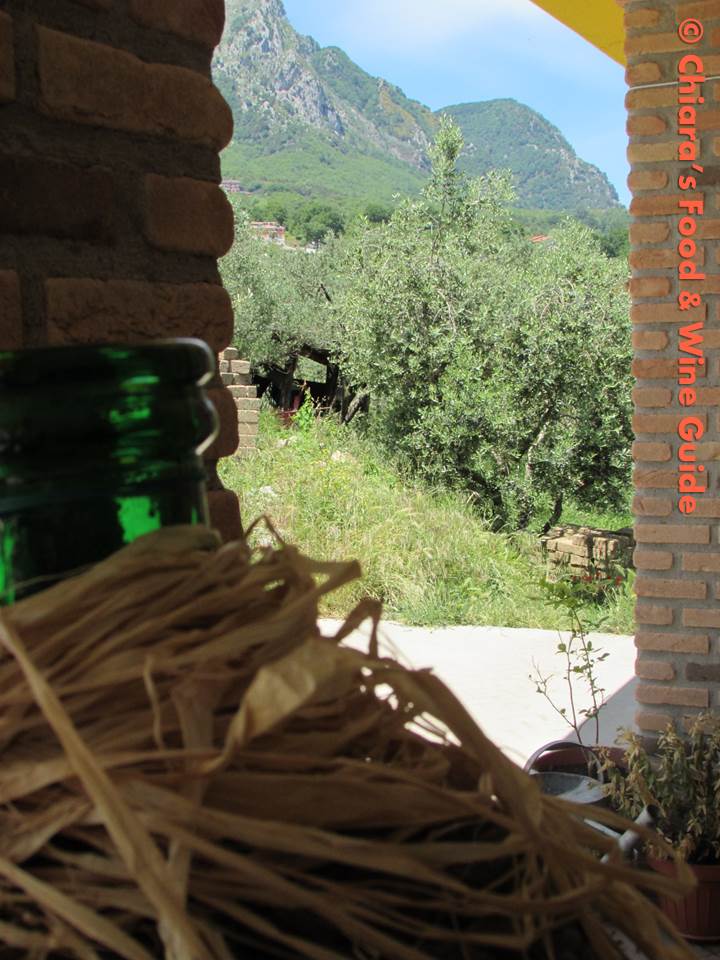 I recently spent a wonderful day in Irpinia, a land rich in products, traditions and wines! Here there are historic companies as well as young ones, yet wineries which offer numerous products and others that are specialized in one or two grapes. Writing about the all would take days. I am going to start with a couple of them, very different from each other, for many reasons that we will discover together. First, however, I proceed with some brief information about the area and the communication side as I generally do on this blog.
I recently spent a wonderful day in Irpinia, a land rich in products, traditions and wines! Here there are historic companies as well as young ones, yet wineries which offer numerous products and others that are specialized in one or two grapes. Writing about the all would take days. I am going to start with a couple of them, very different from each other, for many reasons that we will discover together. First, however, I proceed with some brief information about the area and the communication side as I generally do on this blog.
- Territory
It is a hilly area, with mountains too and lots of green in contrast to what is expected from southern landscapes. The wines grown at altitudes ranging between 300 and 600 meters above sea level. The climate conditions are characterized by abundant rainfall, often snowy winters and mild summers. Moreover it is important the presence of great temperature variations between day and night that enable optimal ripeness along with good ventilation, which guarantees health.
- Grapes and wines
Although it is a limited area, 3 of the 4 DOCG top denominations of this region are concentrated here in Irpinia: the whites Fiano di Avellino and Greco di Tufo, the red Taurasi (from Aglianico grape). These are fine wines now widely recognized but which risked extinction as a result of the phylloxera (insect that has attacked the vines’roots all around Europe between late 1800 and early 1900) and that have been recovered and enhanced by the historic family Mastroberardino, still protagonist of wine business in Campania.
Excellent and indigenous white wines like few others in Italy: Fiano di Avellino and Greco di Tufo are whites with personality and structure, to be paired to food, rich wines with a good minerality thanks to volcanic influence due to the proximity of Mount Vesuvius. Yet, I would say long-lived white wines, in particular Fiano di Avellino that is a great example of white that can age for long. Taurasi is, instead, the fine red of the south, I would dare say; among the best Italian ones and super rewarded abroad too. A silky red, full-bodied, complex and very long-lived.
Easy to talk about food and wine pairing since these wines have a certain structure, beyond the fact that the local cuisine is extremely rich and fascinating.
- Communication
In this regard I refer to a recent interview I released to a web-magazine (Orticalab) that deal with Irpinia. They asked my impressions about the area in terms of communication and with a look at the international scene.
Link: http://www.orticalab.it/La-California-vi-invidia-il-mondo
(or download the PDF here orticalab giu15)
- Cellars
On this day I visited 2 wineries which are very different for numbers and production and that, for this reason, can give us a first picture of the area. I will certainly complement this brief report with reviews of other wonderful companies.
A company known at international level. With great energy and activism, it impresses with ever new productions and investments, focusing a lot on effective communication that offers, gift ideas, connections with art and territory. They also produce in other regions. In Campania they produce about 3.5 million bottles per year, bringing the name of Irpinia worldwide.
The company has a modern style relaunched in the 2004 after being built by a Japanese architect: on the ground floor, outside, there are roses and there is a vegetable garden that cover the cellar below. This modern style has been chosen for several reasons, primarily because it is a young company, without historical roots so they wanted to differentiate themselves from others in the area; this innovative style becomes also a symbol of renewal and is reflected on labels as well as on communication campaigns. Among those, the one planned for Dubl, the line of classic method sparkling wines which has a dedicated brand manager who has developed different formats as well as branded objects and so on. There are numerous gift ideas: the Lego pack, the French cans, the Moleskine agenda dedicated to Feudi to take tasting notes, bottles to be customized and more.
What about the wines? There are many lines so I suggest to connect to the website (here) where they are well organized by variety. I leave my impressions about the wines tasted recently. I have enjoyed Falanghina “Serrocielo” full and balanced as well as the typical Fiano di Avellino “Pietracalda“. It is always great their Taurasi “Piano di Montevergine” and I’ve recently tried the 1997 vintage, an excellent vintage which offered a wine very smooth and pleasant, silky and enveloping. It is also very interesting the white “Campanaro” (blend of Fiano and Greco) with hints of candied and a smoky touch. But as I anticipated the group have also invested out of Campania region for example in Basilicata region (with the company Basilisco) and in Puglia. Among them the company Cefalicchio (biodynamic) which I really appreciate the whites of. And always in Puglia region, the winery Ognissole with the production of Primitivo “Essentia” which is very interesting. I like to emphasize the production of Kosher
wines, a white (from Fiano di Avellino) and a red (from Aglianico) that I really like and I think I will try more often!
If you meet mr. Ciro you fall in love with Irpinia, its wine and you become friends forever. Ciro and his family welcome you in their own home, and if you are there at lunch time they offer a chair to eat with them.
This company is still young, we can say that was founded in 2004. The production is about 50,000 bottles, and mainly of Fiano di Avellino. An opposite scenario if compared to the previous one, with a different philosophy which look at the absolute excellence for a grape variety which offers power and elegance, versatility and longevity again, as I love to repeat. Therefore his production is mainly concentrated on Fiano di Avellino DOCG as well as a sparkling wine from Fiano again: a very good classic method! A marginal production is dedicated to Aglianico and Greco di Tufo.
The important work of selection begins in the vineyard, continues in the winery and ends up in the marketing as they select their intermediaries too. The 70% of these wines are widely appreciated abroad and I do not wonder why!
Fiano by Ciro Picariello stand out at every opportunity: it is recognizable, territorial, with toasty aromas as well as white peach ones, freshness is well integrated. I was lucky enough to also try vintage 2006: amazing, this is true Fiano, with its aromas of dried fruit and hazelnut, this wine leaves aromas of ripe apricot in your mouth as well as toasted touch in the end with a great persistence. And then this sparkling wine called “Brut Contadino” (meaning something like “Farmer Brut”!) which at the beginning was only without disgorgement (so leaving yeast -needed for the production- inside) and packaged on the contrary to let yeast go to the neck and make easy the elimination at the opening moment (for those who want to eliminate the yeasts still in the bottle), but then mr. Ciro decided to make it also as a pure classic method with a proper disgorgement. I tried them both, I enjoyed them very much. Fresh enough but also very pleasant!





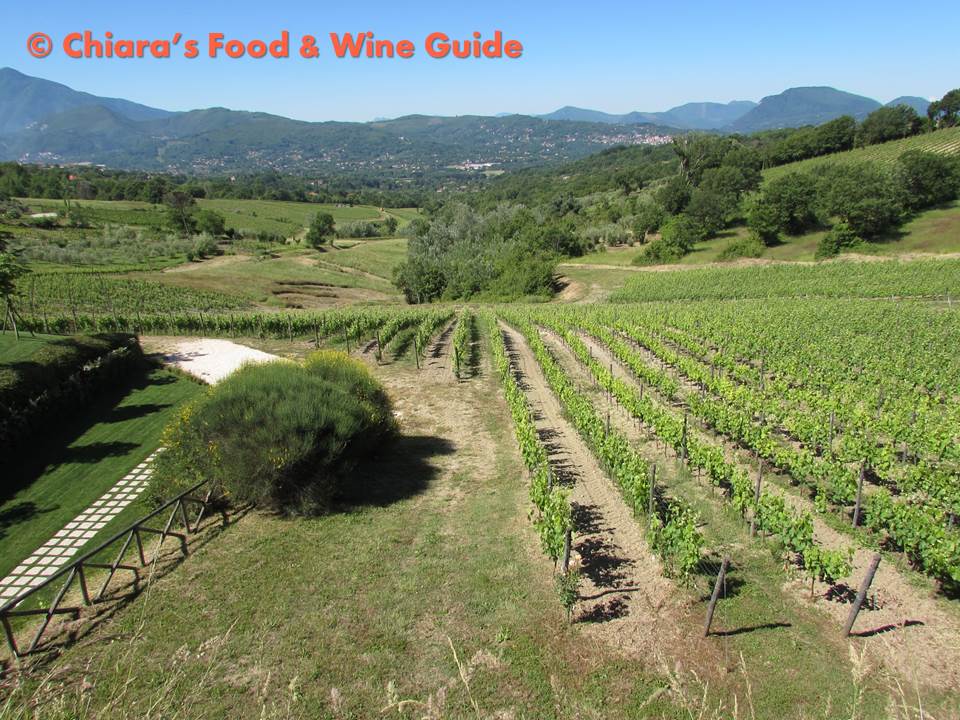
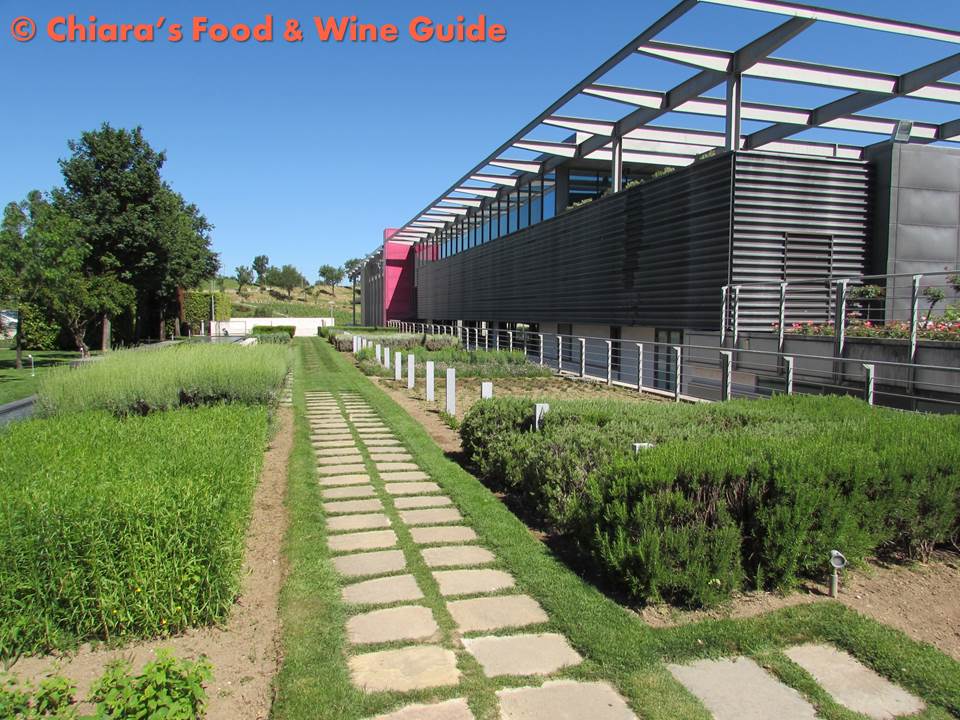
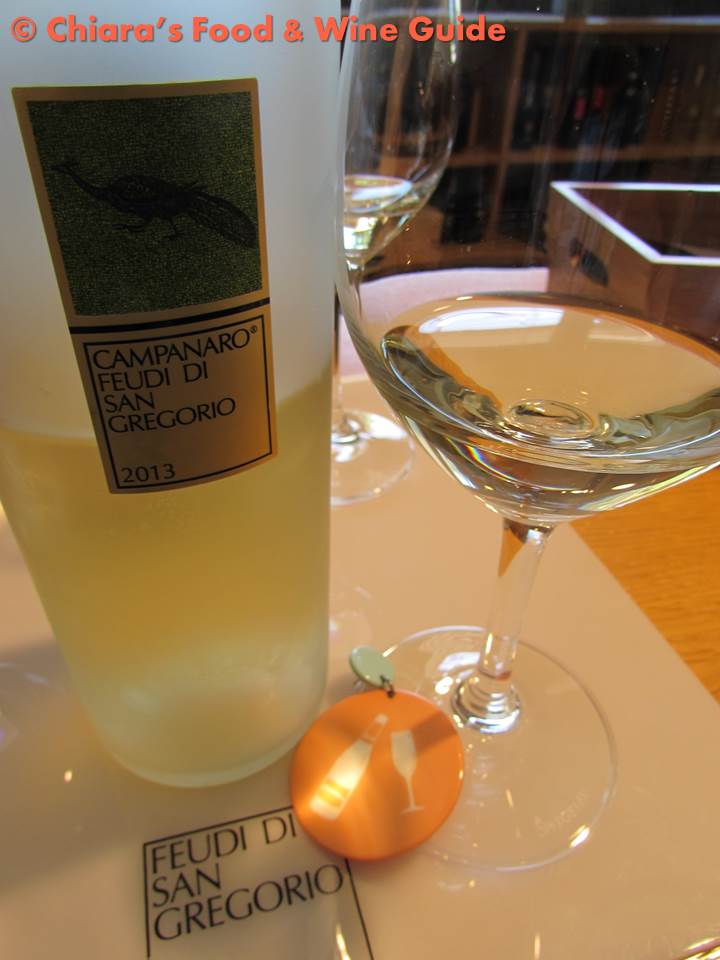
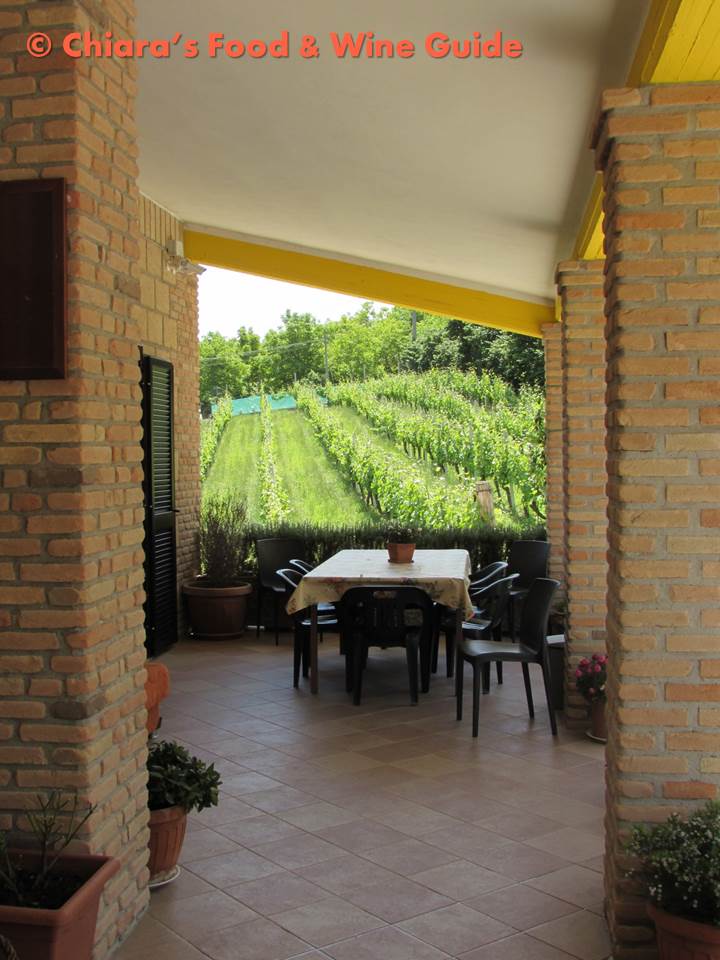
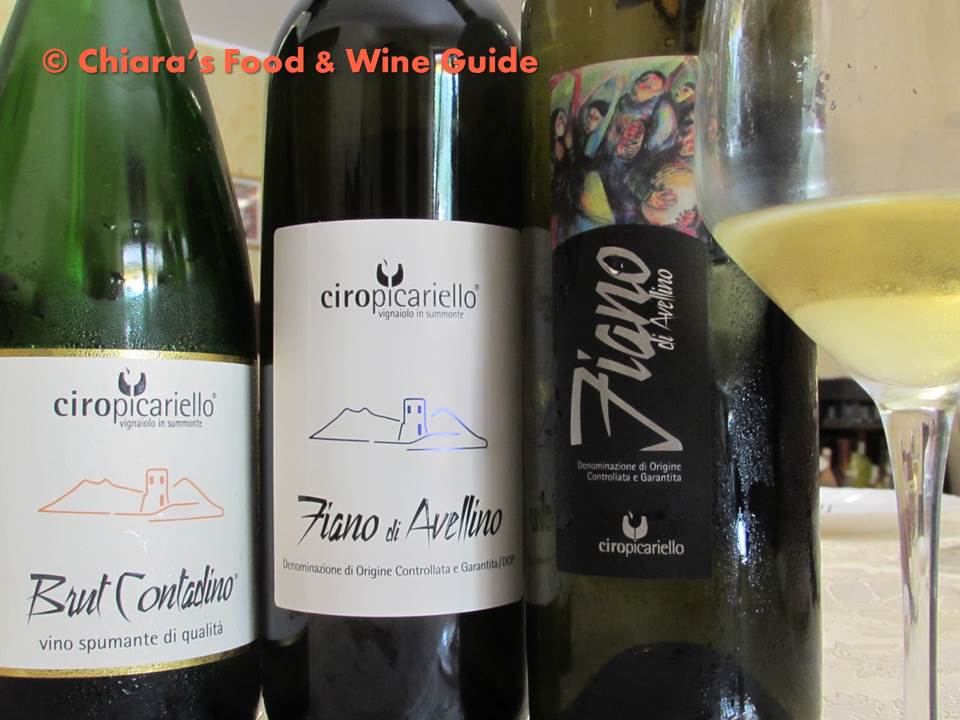
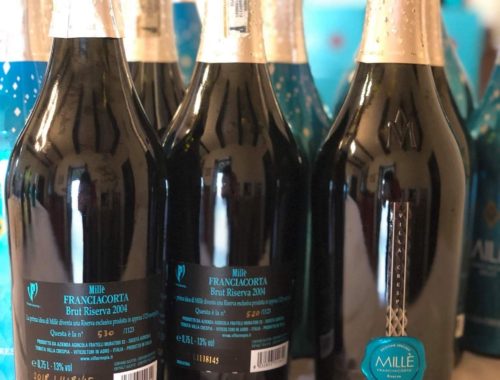

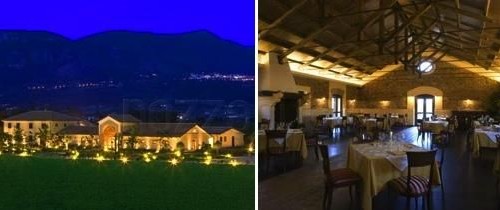




[…] Irpinia area is the inland of Campania, the landscape you do not expect from southern regions with hills, snow and mild summers! A notorious area with excellent wines such as Fiano di Avellino, Greco di Tufo and the noble red Taurasi. I have recently been there to tour 2 very different wineries, discover where. […]